Genetics and Genomics of Aquatic Species
A genome is an organism's complete collection of all functional and non-functional DNA sequences, and it can reveal what makes a species distinctive in aquaculture and/or fisheries. Fisheries genomics is a new area that uses genomes to answer problems about fisheries management. Capture fisheries and aquaculture provide about 15% of animal proteins consumed by humans, making them critical to alleviating poverty and attaining sustainable development by 2030, as put forth by the United Nations. Rapid advances in genomics and quantitative analytical approaches, in particular, have led to breeders using genetic marker technologies to aid animal selection in the form of marker-assisted selection (MAS). Aquaculture genomics analyses the genetic basis of performance and production traits and applies this knowledge to breeding programs. Across aquaculture species, the extent to which genome-enabled technologies and genomic information have been or can be employed in genetic improvement initiatives differs. Only with more advanced genomic-based methodologies, where it is now possible to properly forecast genome-wide molecular breeding values for superior animal selection, can these qualities be genetically improved. This method, known as genomic selection, has found widespread use in the aquaculture breeding communities. Decisions on breeding candidates are made using genomic breeding values predicted from genome-wide loci method.
- Genome
- Transcriptome
- Proteome
- Epigenome
- Systems biology
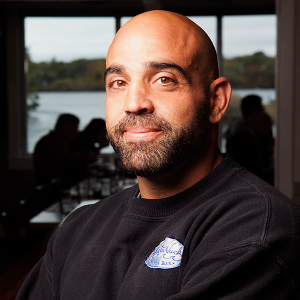
Perry Raso
Matunuck Oyster Farm, United States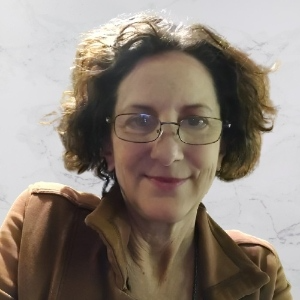
Joni Lee Giovanna Hesley
Education Emerita, CropKing Inc., United States
Virendra Kumar Goswami
Indian Institute of Technology, India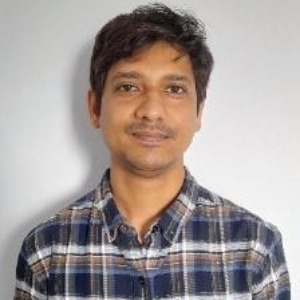
Amit Das
Memorial University of Newfoundland, Canada
Mandeep Kaur
Panjab University, India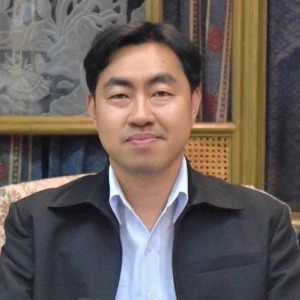
Pavarot Noranarttragoon
Department of Fisheries, Thailand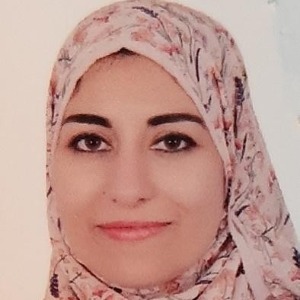


Title : Application of Artificial Intelligence and NISAR satellite to study the air sea CO2 exchange and aquatic toxicology to develop ‘Aquatic Pollution Remediation Technologies’(PART)
Virendra Kumar Goswami, Indian Institute of Technology, India
Title : Conditionally pathogenic microparasites (Microsporidia and Myxosporea) of mullet fish potential objects of mariculture in the Black and Azov Seas
Violetta M Yurakhno, A. O. Kovalevsky Institute of Biology of the Southern Seas of Russian Academy of Sciences, Russian Federation
Title : Integrating art, science and rural development: The multifaced role of aquarium keeping
T V Anna Mercy, Kerala University of Fisheries and Ocean Studies, India
Title : Seaweed aquaculture policy gap analyses in Indonesia, Kenya, and Tanzania
Megan Considine, The Nature Conservancy, Puerto Rico
Title : Utilizing art to enhance learning STEM subjects required for aquaculture
Joni Lee Giovanna Hesley, Education Emerita, CropKing Inc., United States
Title : Exploring the aquaculture potential of marine sponges (Phylum Porifera) in Kerala, India: A focus on growth dynamics and optimization of farming protocols
Anita M George, University of Kerala, India